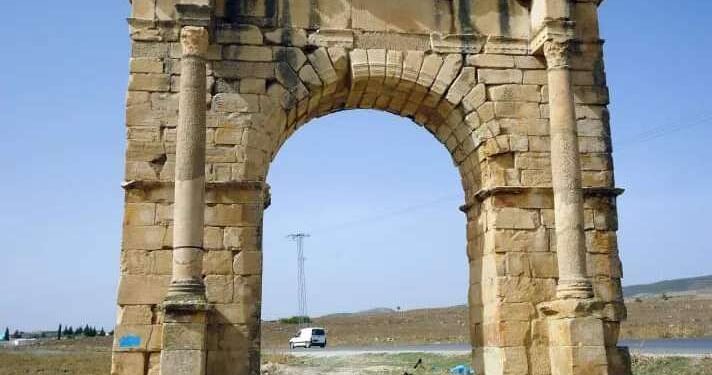The Bardo National Museum hosts from Tuesday October 3, an exhibition around the ancient site in Mustis.
The Embassy of Poland in Tunisia and the University of Warsaw, the National Heritage Institute and the Heritage and Cultural Promotion Agency The partners of the exhibition entitled “Mustis-The City and its rural hinterland-a new Tuniso-Polonais archaeological project”.
This exhibition, placed under the aegis of the Ministry of Cultural Affairs, reports on a new Tuniso-Polish research project on the urban and rural communities of Mustis.
In 2016, a cultural partnership project was signed between the National Heritage Institute and the University of Warsaw to conduct archaeological, multidisciplinary research, on the Mustis site and its hinterland in
ancient era.
Since 2021, funds have been granted by the National Center for Sciences (Poland) under the title: “Dynamics of the urban and rural communities of Mustis Numide and Roman”.
All the works are currently codirigated by Jamel Hajji (National Institute of Heritage) and Tomasz Waliszewski (University of Warsaw).
The main scientific objective of this project is to understand the dynamics of changes, administrative and urban planning, among others, that this city of Africa Proconsularis had known over the centuries.
Likewise, it is a question of grasping not only the multiple aspects of its transition from a Numidian agglomeration to a Roman city but also of distinguishing all aspects of its evolution as a crossroads of primary importance in the road network of Roman Africa between the 2nd century BC and the middle of the 3rd century AD.
The team involved in this project also seeks to highlight the multifaceted relationships that the city had with its rural environment during the different Numid, Roman and late periods.
Which amounts to questioning the organization of the agrarian landscape and its multiple components in terms of settlement and occupation of the territory, sites
rural and urban, communication networks and exchanges between the city and the countryside.
The researchers involved in the project also try to provide answers to numerous questions concerning the modes of farm of agricultural land, the types of agricultural production (vineyard, olive, cereal, and breeding).
Tuesday October 3 at 11 a.m., the inaugural session will be presented by Jamel Hajji (National Heritage Institute) and Tomasz Waliszewski (University of Warsaw).
The inauguration of the exhibition will be followed by a guided tour at the National Museum of Bardo.
Do you know Henchir Mest, the ancient Mustis? An arc on the Kef road signals the existence of an ancient site. In fact, this site was called Mustis, which brings him closer to the current Henchir Mest. Today, the arc and the ancient site are at the entrance to the city of Krib, governorate of Siliana.
Historians will tell you that Mustis was the oldest Roman municipality in North Africa.
This “municipality” of Mustis reminds us that the Roman cities obeyed a well -established hierarchy.
These cities could be declared “Civitas Libera” (free city) which allowed them to preserve through this status their territory and their traditions.
They could have the rank of “municipality” and also that of “Colonia” (honorary colony) which constituted the highest title for a city of the time.
Today, there is not much left of Mustis. However, there are some temples, an oil mill and a later Christian basilica.
The paved streets, the Latin inscriptions which dot this small site evoke the importance of this city which was one of the many relays between Carthage and Kef.
If Mustis was founded by Roman veterans, the kef was built by Auguste and dedicated to Venus under the name of Sicca Veneria.
And as everywhere else in Tunisia, the Roman Foundation rests on Punic and Numidian sites.








